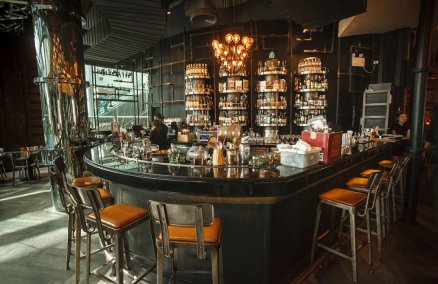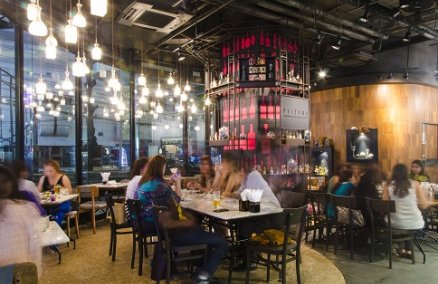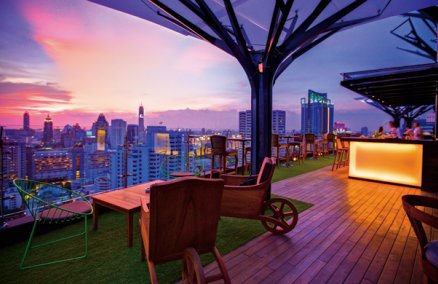What’s the most apt way to describe our local design culture?
It’s a very small scene—which is a good and bad thing. The pros are that everyone tends to be either really supportive or really critical of each other, and that makes a kind of hothouse. The con is that there are not enough weirdos to make things really interesting. Singapore isn’t a place where we can develop a Werner Herzog or Peter Saville because everyone tends to influence each other too much.
You’re known for your projection mapping; how do you think it affects the overall aural experience?
I think mapping and visuals create a framework and a language to digest intention. Music is a very innate thing; it hits the pre-logical and pre-rational centers of our heads in a way that moving pictures haven’t reached yet. It’s kind of hardcoded. Having the visual element tiered to the music in some way creates a dichotomy, which makes it interesting. Basically what I do is use the intentions of the music to piggyback visual ideas that create new dialogues.
How do you evoke feelings and rich textures in a medium that is falsely perceived as cold and mechanical?
Well I hope the work I do provokes some kind of response that isn’t just mechanical. I work primarily in animation using 3D software, which in itself is pretty hard to remove connotations of being kind of techy, or should I say tacky? The challenge then, like any artist, is to transcend their medium and create epiphanies. That’s why I tend to use material that already has strong visual baggage in the opposite direction—therefore my preoccupation with skulls, fur and that giant pink dildo train in the Kidkanevil video.
Are you doing anything special for the event?
There’s always something interesting in the works … I could always haul out the black latex zentai suit one of these days and do the gig dressed like that.
Check out Make Local Your Focal on Aug 6 at Home Club
Advertisement


















